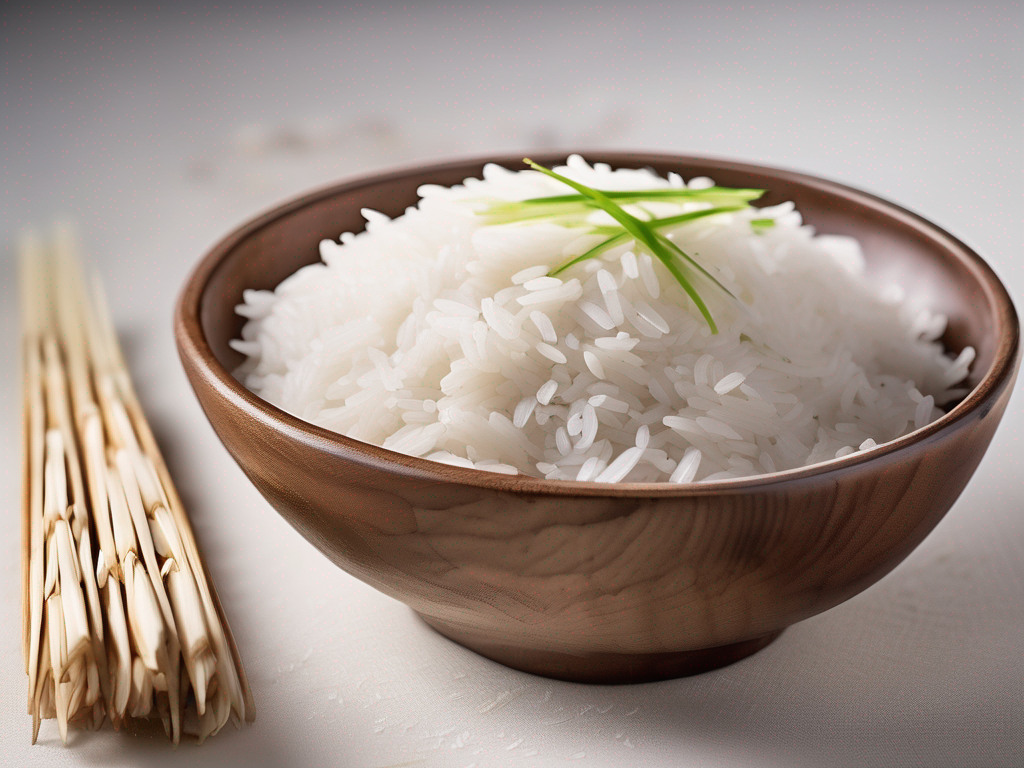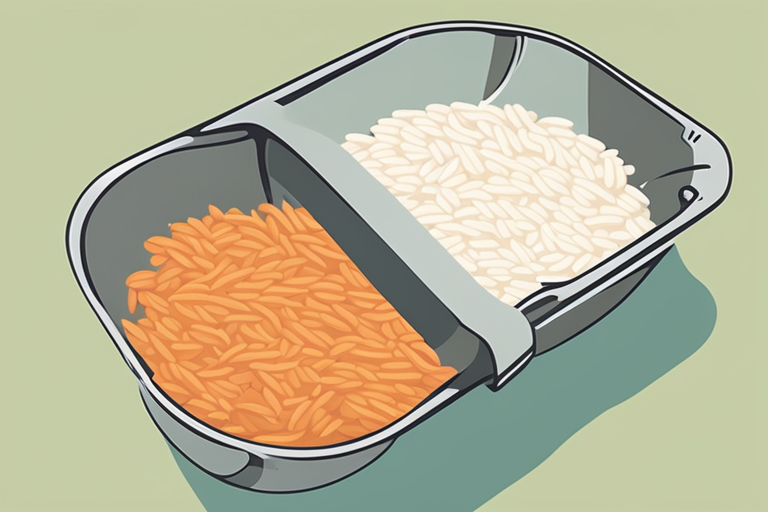
Understanding Minute Rice Expiration Date: A Guide to Food Safety
Understanding Minute Rice Expiration Date: A Guide to Food Safety
In today's fast-paced world, convenience is key when it comes to meal preparation. Minute rice is a popular choice for many households due to its quick cooking time and ease of use. However, like any food product, minute rice has an expiration date that should be taken seriously to ensure food safety. In this blog post, we will delve into the details of minute rice expiration dates, how to interpret them, and best practices for storing and using minute rice safely. (Rice)
Still unsure if This Food is safe?
Every situation is different. Get a personalized food safety verdict for your this food based on the date, storage, and condition — in seconds.
👉 Check Food Safety NowWhat is Minute Rice?
Minute rice is a type of rice that has been partially cooked and dehydrated to reduce the cooking time significantly. It is a convenient option for busy individuals or families who want to enjoy rice without the lengthy cooking process. Minute rice comes in various varieties, including white rice, brown rice, and flavored options.
Learn more about different types of rice here.
Understanding Minute Rice Expiration Date
What Does the Expiration Date Mean?
The expiration date on a package of minute rice indicates the date until which the product is expected to maintain its quality and safety. It is important to note that the expiration date is not a strict deadline but rather a guideline for optimal freshness. Consuming minute rice after the expiration date may not necessarily make you sick, but the quality of the rice may deteriorate, affecting its taste and texture.
Decoding Expiration Date Labels
Minute rice packages typically feature a "best by" or "use by" date. Understanding these labels can help you determine the freshness of the product:
-
Best By Date: This date indicates the period during which the rice is expected to be at its peak quality in terms of flavor and texture. Consuming the rice after this date may result in a decline in quality.
-
Use By Date: This date is more critical in terms of food safety. Consuming minute rice after the "use by" date may pose a higher risk of foodborne illness.
Storing Minute Rice for Optimal Freshness
Proper storage is key to maintaining the quality and safety of minute rice. Follow these tips to ensure your minute rice stays fresh:
Still unsure if This Food is safe?
Every situation is different. Get a personalized food safety verdict for your this food based on the date, storage, and condition — in seconds.
👉 Check Food Safety Now-
Store in a Cool, Dry Place: Keep minute rice in a cool, dry area away from direct sunlight and heat sources.
-
Seal the Package Properly: To prevent moisture and pests from affecting the rice, make sure to seal the package tightly after each use.
-
Consider Refrigeration: While not necessary, storing minute rice in the refrigerator can extend its shelf life.
Safety Tips for Using Expired Minute Rice
While it is best to adhere to the expiration date on minute rice packages, there are some safety guidelines you can follow if you find yourself with expired rice:
-
Perform a Visual Inspection: Check the rice for any signs of spoilage, such as mold, off smells, or unusual discoloration. If the rice appears fine, it may still be safe to consume.
-
Cook Thoroughly: When using expired minute rice, ensure that you cook it thoroughly to kill any potential bacteria that may have developed over time.
-
Use Your Senses: Trust your senses when determining the safety of expired rice. If the rice smells off or has an unusual texture, it is best to discard it.
Conclusion
In conclusion, understanding minute rice expiration dates is crucial for maintaining food safety and quality. By knowing how to interpret expiration date labels, store minute rice properly, and follow safety guidelines when using expired rice, you can enjoy this convenient food product with peace of mind. Remember to always prioritize food safety and quality in your meal preparation routine. (Rice)
Related Posts
Here are some other articles you might find helpful:
- Is Expired Rice Vinegar Safe to Use?
- Does Cereal Expire if Unopened?
- Can Flour Be Used After the Expiration Date?
- How Long Does Cake Flour Last After the Expiration Date?
- Are Flour Tortillas Good After the Expiration Date?

Still unsure if This Food is safe?
Every situation is different. Get a personalized food safety verdict for your this food based on the date, storage, and condition — in seconds.
👉 Check Food Safety NowAuthoritative Food Safety References
These agencies and university labs inform every tip and health precaution we publish.
USDA FoodKeeper – Cold Storage Guidelines
Official refrigerator, freezer, and pantry timelines maintained by the U.S. Department of Agriculture.
Visit USDA FoodKeeperFDA Produce Safety Rule & Grower Guidance
Field-to-fridge handling practices that prevent contamination of fruits, vegetables, and leafy greens.
Visit FDA Produce SafetyCDC Foodborne Illness Prevention Hub
Surveillance-backed guidance on pathogens, symptoms, and steps to reduce foodborne illness risk.
Visit CDC Food SafetyUC Davis Postharvest Technology Center
University research detailing optimal storage atmospheres for produce after harvest.
Visit UC Davis PostharvestPenn State Extension – Home Food Preservation & Safety
Peer-reviewed extension bulletins on safe canning, chilling, and reheating practices.
Visit Penn State Extension